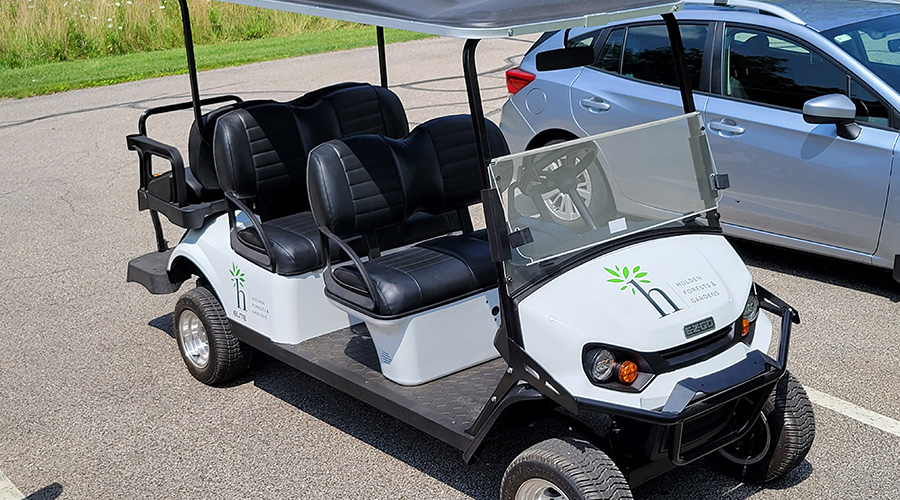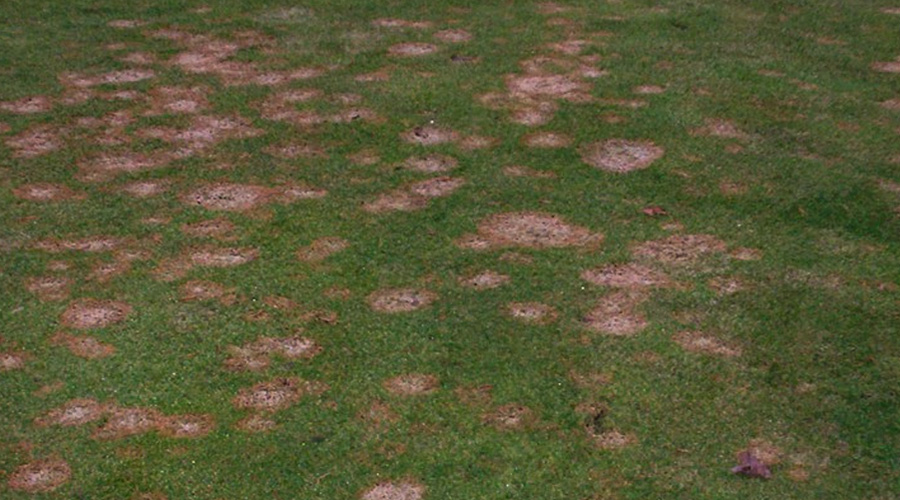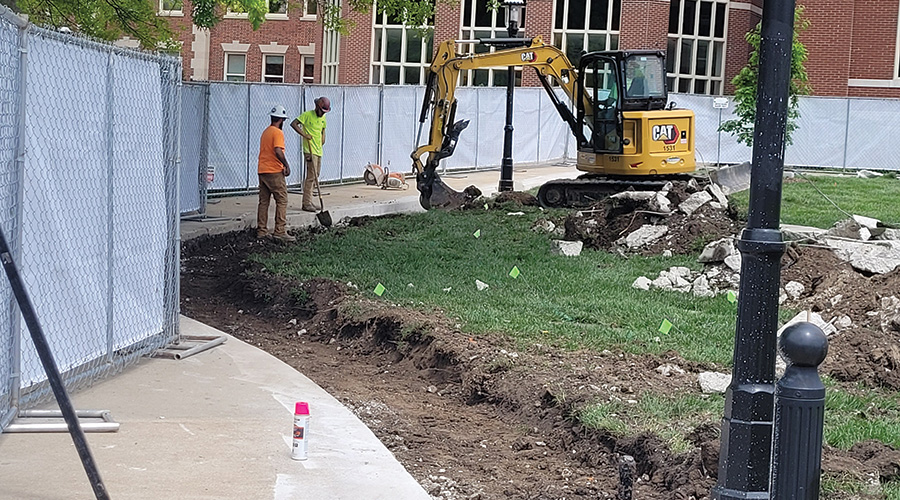Grounds Care Attachments: Cost Not Most Important Factor
Attachments are not the only consideration in the decision to expand the versatility of existing equipment. Managers also must be sure any existing tractor, mower, or utility vehicle that powers the attachments is up to the challenge — specifically, its hydraulics and engine. The average piece of equipment must be able to run or pull blowers, sprayers, mowers, post-hole diggers, aerators, fertilizer spreaders, plows, and rotary brooms.
Managers in the market for a new tractor or mower in the foreseeable future also should consider the possibilities of using it for multiple tasks and hosting multiple attachments, and then make the purchasing decision accordingly.
O'Donnell stresses the importance of getting staff input when making specification decisions on attachments, as well as mowers and tractors.
"A lot of times, people who are operating the equipment know what's working and what's not," O'Donnell says. "They also tend to know about other equipment options."
The attachment-specification process requires managers to gather as much specific information as possible. Attending field demonstrations and testing an attachment helps in deciding whether it will perform well in certain situations.
Managers also can learn from the experiences of peers who might have used certain attachments on comparable terrain. O'Donnell advises managers to tap into the resources of industry organizations, such as the Professional Grounds Management Society, and its members.
Making a Decision
The final decision on whether it is time to replace an attachment often is based on a review of the attachment's service record. If the attachment has required frequent repairs and has cost the department time and money, it is a good candidate for replacement.
Despite the need to be budget-conscious, cost rarely is a top consideration when replacing an attachment.
"It doesn't matter how inexpensive it is if it doesn't do the job," O'Donnell says, adding that among his top considerations are proven product quality and durability, along with recommendations from other managers who have experience with the particular attachment.
O'Donnell also advises bringing in staff members who will use the equipment to determine if the attachment is easy to attach and remove, especially in difficult conditions.
"It's not unusual for us, during a snowstorm, to switch attachments," from a broom to a blower, he says.
Finally, managers need to monitor the changing conditions and features of their landscapes to determine how such changes might affect equipment needs. For example, O'Donnell says changes on Villanova's campus could lead him to revisit the need for additional attachments.
The Dealer's Role
One final resource for managers is the manufacturers and dealers who sell attachments. Armed with the information outlined above, managers can discuss the finer points of attachment options to ensure they are making a smart buying decision. Some managers prefer attachments from a vehicle's manufacturer because they generally seem to fit better and present fewer challenges. Managers who opt for attachments from a different vendor should choose one with a history of making that particular product.
O'Donnell says he has noticed a shift in the sales dynamic that might make managers' decisions easier. Some dealers now offer equipment from two or three manufacturers, where before they might have only carried one manufacturer's products, he says.
"So they're no longer pushing just one brand or one model," O'Donnell says. "Most sales people I have worked with have been really helpful."
Related Topics:












